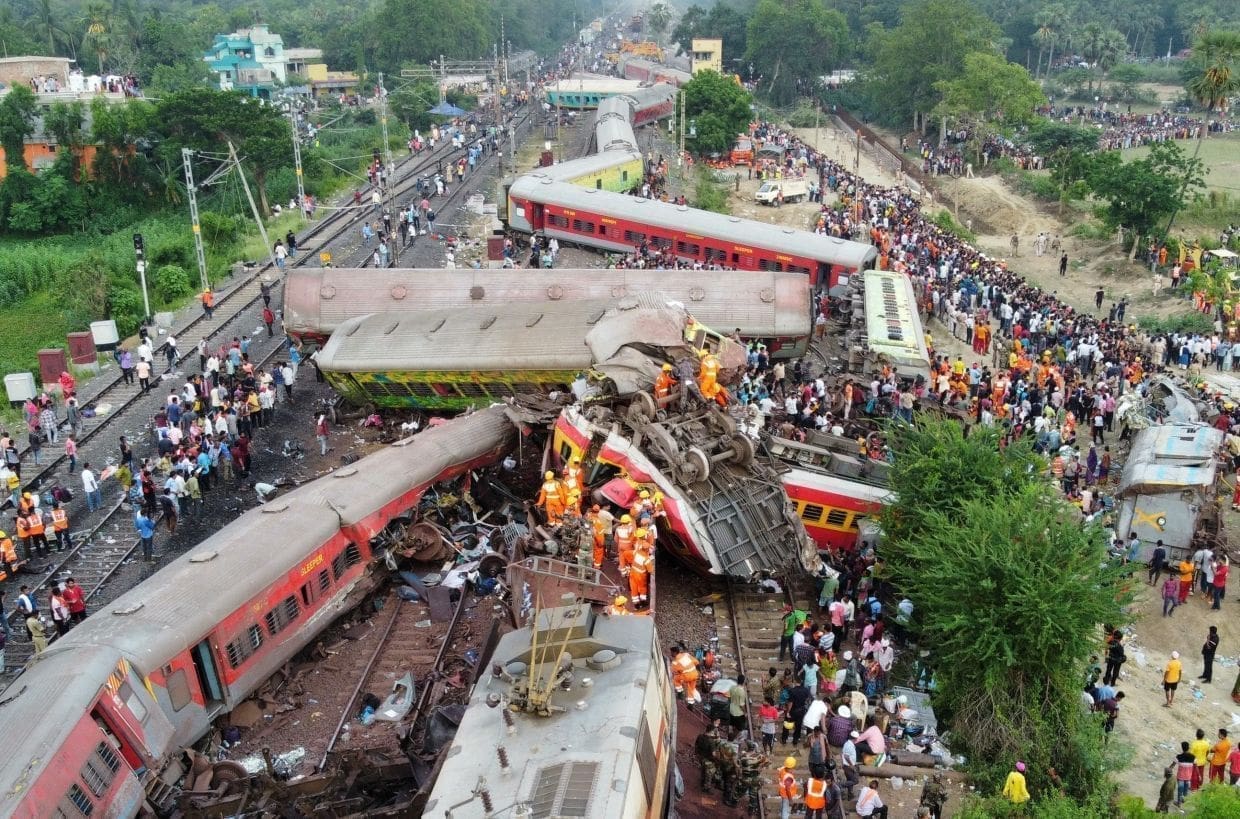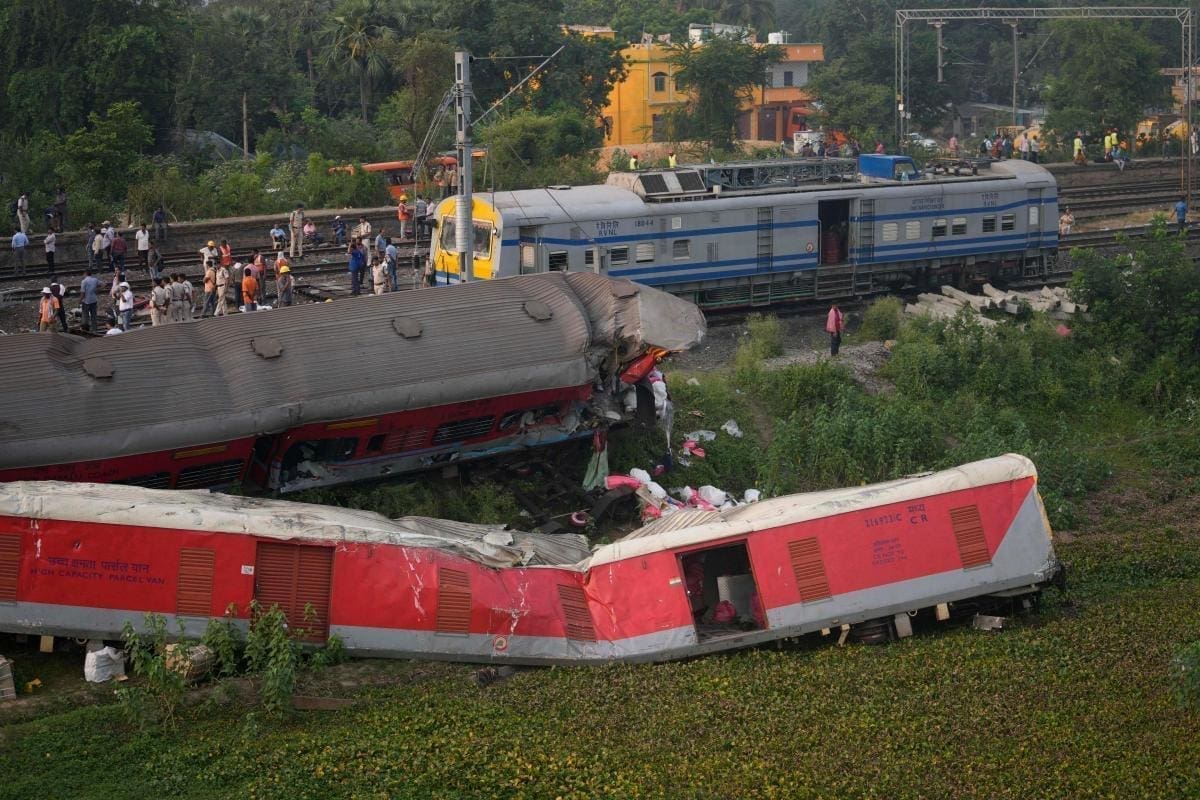India’s Railway Minister, Ashwini Vaishnaw, has suggested that a signal fault, specifically a “change in electronic interlocking,” is the likely cause of the devastating three-train crash in Odisha, eastern India. Although the exact cause and the individuals responsible have been identified, Vaishnaw did not provide further details. The Railway Board of India stated that “some kind of signalling interference” had occurred, rather than a complete failure.

A report on the nation’s worst rail accident this century is expected to be released soon. The death toll has been revised down to 275, as some bodies were initially counted twice. Of the 1,175 injured individuals taken to hospitals, 793 have been discharged, while some families continue to search for their loved ones.

In railway signalling, the electronic interlocking system sets routes for each train within a specific area to ensure safe movement along the track. The Odisha rail disaster involved a passenger train colliding with a stationary goods train and derailing, after being incorrectly directed onto a loop track adjacent to the main line. The derailed carriages subsequently struck the rear carriages of a second passenger train traveling in the opposite direction.
Jaya Verma Sinha from India’s Railway Board stated during a Sunday press conference that both passenger trains had approached a Balasore district station under a green signal—indicating safe passage—within seconds of each other at the correct speed of under 130kph (81mph). The passenger trains were intended to pass each other on the main lines, but the Coromandel Express collided with a freight train on the loop line, causing its engine and some coaches to lift over the heavy goods carriages. The passenger train absorbed the collision’s full impact, while the freight train remained undamaged.

Sinha explained that there was “no issue with the electronic interlocking system” and that investigations pointed to “some kind of a signalling interference” rather than a failure. The inquiry will determine whether the interference was manual, incidental, weather-related, or due to wear and tear or maintenance failures.
Infrastructure expert Partha Mukhopadhyay, from the Delhi-based think tank Centre for Policy Research, told the BBC that it should not be possible for green signals to display on the main line if the track is set for the loop. He called the signal interlocking system “failsafe” and said that “this level of failure is quite unprecedented.”

Prime Minister Narendra Modi, who visited the crash site on Saturday, pledged that anyone found guilty would face stringent punishment. It is estimated that around 2,000 people were on board the two passenger trains—the Coromandel Express, traveling between Kolkata and Chennai, and the Howrah Superfast Express, traveling from Yesvantpur to Howrah—when the crash occurred at approximately 19:00 (13:30 GMT) on Friday.
Odisha state official Pradeep Jena reported that at least 187 bodies remain unidentified. Officials are uploading victims’ photos on government websites and will conduct DNA testing if necessary.

